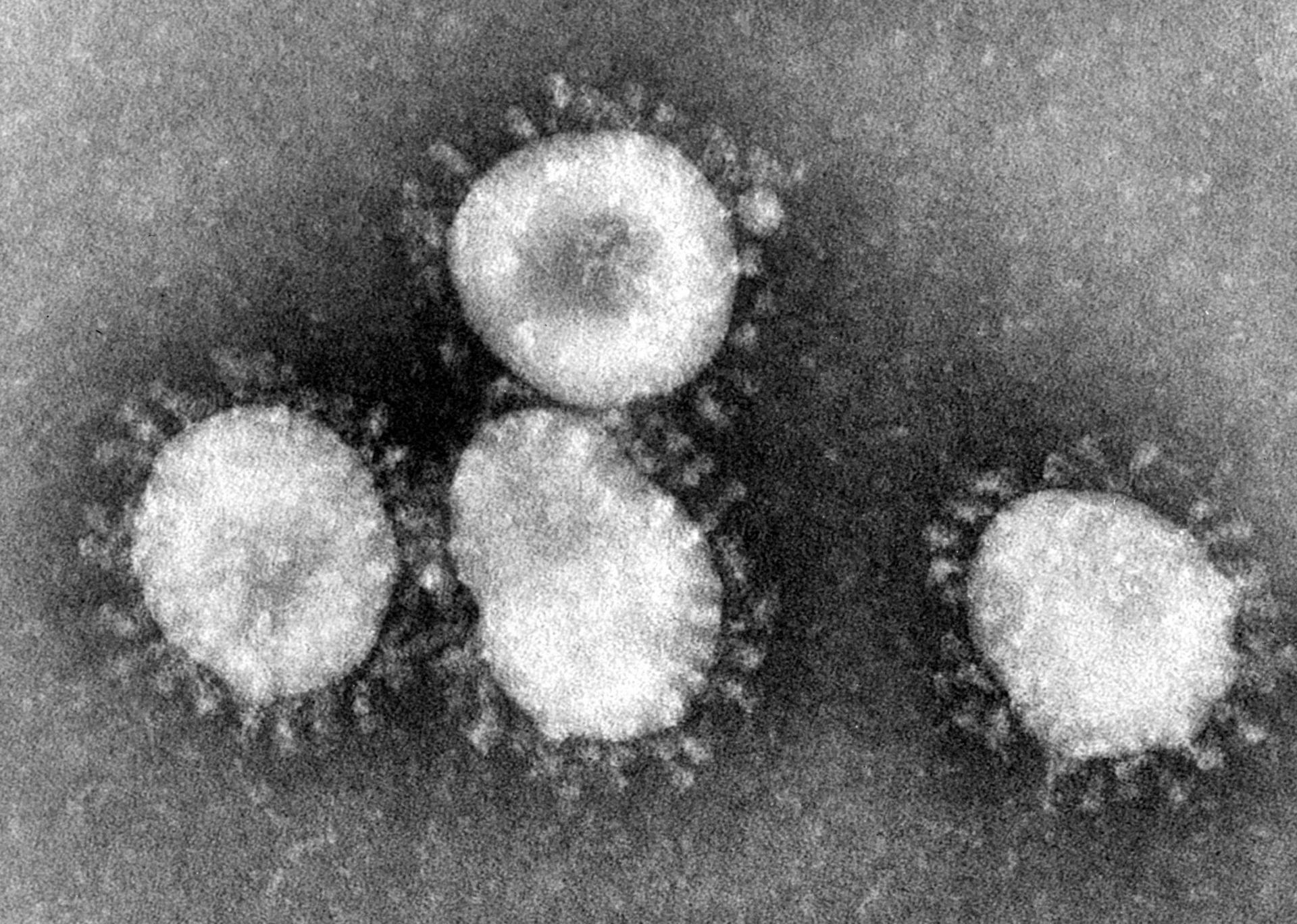
Credit: Wikipedia
Dr. David Williams, Chief Medical Officer of Health, Ontario has confirmed four new positive cases of COVID-19 in Ontario, in addition to the 3 new cases confirmed yesterday.
Now the total cases in Ontario stands at 15. Of these, the first three cases are all resolved, with each of those patients having two consecutive negative tests at least 24 hours apart.
NEW CASES
Case 1 — The latest confirmed positive case is a male in his 50s and a Toronto resident temporarily living in Vaughan. He is the brother of one of Toronto’s recently reported cases who travelled to Iran. He did not develop symptoms until after arrival in Canada. He is currently in self-isolation and has had no community exposure. He was assessed and tested at Mackenzie Health Hospital in Richmond Hill on Friday, February 28.
Case 2 — Second positive case is a male in his 40s and the spouse of York Region’s first Iran travel-related case announced yesterday. He had travelled with his wife and toddler but was asymptomatic on all flights. He was tested and assessed at Mackenzie Health Hospital on Friday, February 28. He had self-isolated prior to developing symptoms and has had no community exposure while symptomatic. His wife developed symptoms prior to her return to Toronto and was not wearing a mask on her flights.
Case 3 — A third male in his 60s – who returned from Iran on Sunday, February 23, 2020. He presented himself to North York General Hospital’s emergency department on Friday, February 28 where he informed the hospital of a cough and recent travel history. He was assessed and discharged home on the same day. As per protocols, he went into self-isolation where he remains with minimal contact with others. Toronto Public Health is actively engaged in contact tracing and case management.
Case 4 — The fourth person is a female in her 70s from Newmarket and a contact of the recently reported positive Egypt travel-related Toronto case. She was in Egypt with the known Toronto case. She was tested and assessed at Southlake Regional Health Centre on Saturday, February 29. Since testing, she has been in self-isolation. York Region Public Health is working diligently on its usual process of risk assessment and contact follow up.
According to Dr. David Williams, Chief Medical Officer of Health, the virus is not circulating locally.
One death was reported in USA due to a possible community spread. Community spread means people have been infected with the virus in an area, including some who are not sure how or where they became infected. Dr. Robert Redfield, director of the US Centers for Disease Control and Prevention, said that, there was no evidence the patient had close contact with an infected person or a relevant travel history that would have exposed the patient to the virus.
Currently in Canada, the total of number of positive COVID-19 cases stand at 24 with 15 in Ontario, 1 in Quebec, and 8 in British Columbia.
What You Can Do to Reduce the Possibility of Infection:
In general, the following advice can help reduce the risk of infection or spreading infection to others:
- Wash your hands often with soap and water for at least 20 seconds
- Use alcohol-based hand sanitizer if soap and water are not available
- Avoid touching your eyes, nose, or mouth with unwashed hands
- Stay home if you are sick
- When coughing or sneezing:cover your mouth and nose with your arm or tissues to reduce the spread of germs
- Immediately dispose of any tissues you have used into the garbage as soon as possible and wash your hands afterwards.
- Clean and disinfect frequently touched objects and surfaces using a regular household cleaning spray or wipe.
Should you wear a mask: Centre for Disease Sontrol and Prevention (CDC) does not recommend facemasks for people who are well to protect themselves from respiratory diseases, including COVID-19. Facemasks should be used by people who show symptoms of COVID-19 to help prevent the spread of the disease to others. The use of facemasks is also crucial for health workers and people who are taking care of someone in close settings (at home or in a health care facility).







